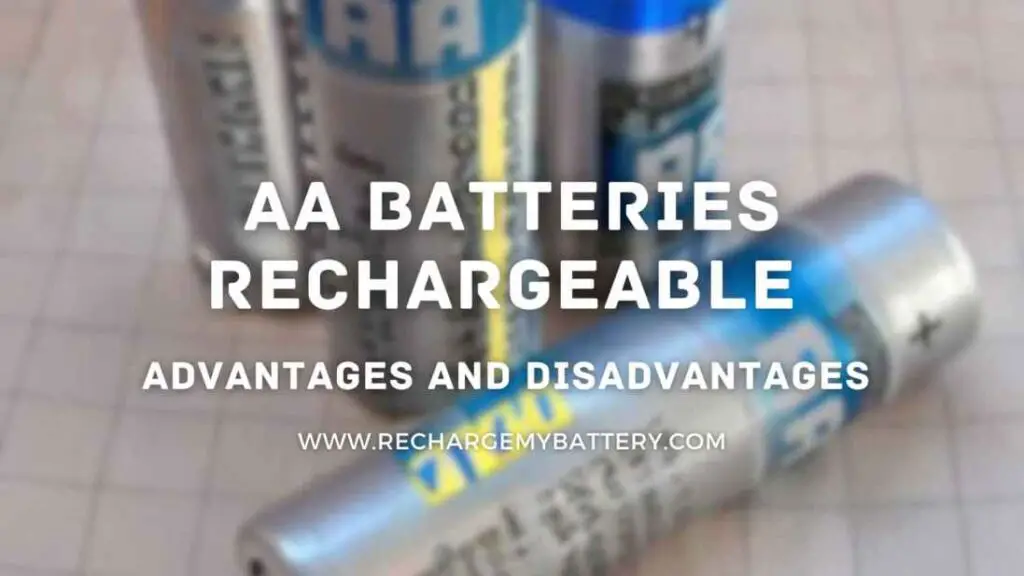When purchasing a rechargeable battery, you may come across a specification called “mAh” or milliampere-hour, which indicates the battery’s capacity. In this article, we will delve into the meaning of 2100mAh and its significance in the world of rechargeable batteries.
Introduction: The Importance of Battery Capacity
In our modern world, where we heavily rely on electronic devices, having a reliable source of power is crucial. This is where rechargeable batteries come into play. The capacity of a battery determines how long it can provide power to a device before it needs to be recharged. Understanding battery capacity is essential to ensure optimal performance and longevity.
Understanding mAh: Milliampere-Hour Explained
mAh, short for milliampere-hour, is a unit of measurement used to express the capacity of a battery. It represents the amount of electric charge a battery can deliver over time. The higher the mAh rating, the longer the battery will last before requiring a recharge.
2100mAh: A Closer Look at the Capacity
When a rechargeable battery is labeled as 2100mAh, it means that it can deliver a current of 2100 milliamperes for one hour before it needs to be recharged. The capacity of a battery is directly proportional to the time it can power a device. Therefore, a 2100mAh battery will last longer than a battery with a lower mAh rating, assuming both batteries are powering the same device.
Factors Affecting Battery Performance
While the mAh rating provides an indication of a battery’s capacity, it’s important to note that other factors can affect its performance. The efficiency of the device, the power requirements of the applications running on it, and the overall battery chemistry all play a role in determining how long a battery will last.
Choosing the Right Battery Capacity for Your Needs
Selecting the appropriate battery capacity depends on the intended use and power requirements of your device. If you use power-hungry applications or frequently engage in tasks that demand a lot of energy, opting for a higher mAh rating, such as 2100mAh, would be advantageous. On the other hand, if you use your device sparingly or mainly for basic functions, a lower-capacity battery may suffice.
The Advantages of 2100 mAh Batteries
2100mAh batteries offer several advantages for users. Firstly, they provide extended usage time, allowing you to rely on your device for longer periods without the need for frequent recharging. Additionally, these batteries often have a good balance between capacity and physical size, making them suitable for a wide range of portable electronic devices.
Common Misconceptions about Battery Capacity
There are a few common misconceptions surrounding battery capacity that need to be addressed. One such misconception is that a higher mAh rating automatically guarantees better performance. While a higher-capacity battery does provide longer usage time, it doesn’t necessarily mean that the battery will be more efficient or offer superior performance. Other factors, such as the device’s power management system and the quality of the battery itself, also play significant roles in determining overall performance.
Another misconception is that using a battery with a higher capacity than required will always yield better results. While it’s true that a higher-capacity battery can provide longer usage time, using a battery with significantly higher capacity than needed may lead to inefficiencies. The device’s power management system may not be optimized for such high-capacity batteries, resulting in reduced efficiency and potentially slower charging times.
Tips for Maximizing Battery Life
To make the most out of your 2100mAh battery or any rechargeable battery, consider the following tips:
- Dim the screen brightness of your device.
- Turn off unnecessary background applications and services.
- Reduce the use of power-hungry features, such as GPS and Wi-Fi.
- Enable power-saving modes when available.
- Avoid extreme temperatures, as they can adversely affect battery performance.
By implementing these simple practices, you can optimize the usage time and lifespan of your battery.
The Future of Battery Technology
Battery technology is continuously evolving to meet the growing demands of our digital lifestyle. Researchers and engineers are actively working on improving battery capacity, efficiency, and overall performance. The future holds promising advancements, such as solid-state batteries, fast-charging technologies, and increased energy densities. These innovations aim to provide even longer usage times and more convenient charging options for users.
Conclusion
In conclusion, the 2100mAh rating on a rechargeable battery signifies its capacity to deliver a current of 2100 milliamperes for one hour. However, battery performance is influenced by various factors, and it’s important to consider the specific requirements of your device before choosing a battery. By understanding battery capacity, optimizing device settings, and adopting efficient charging habits, you can make the most out of your battery’s potential.
FAQs
Q1: Are higher mAh batteries always better?
Not necessarily. While higher mAh batteries provide longer usage time, other factors also impact overall performance.
Q2: Can I use a higher-capacity battery on any device?
It’s recommended to use a battery with a capacity suitable for your device to ensure optimal performance and compatibility.
Q3: How long does a 2100mAh battery last?
The actual usage time will vary depending on the device and its power requirements. However, a 2100mAh battery generally provides extended usage time compared to lower-capacity batteries.
Q4: Should I completely drain my battery before recharging?
No, it’s not necessary. Modern rechargeable batteries do not require full discharges and can be charged at any time without affecting their performance.
Q5: How can I identify the battery capacity of a device?
The battery capacity is often specified in the device’s user manual or can be found on the battery itself.

